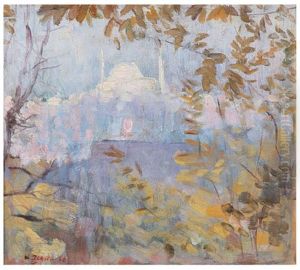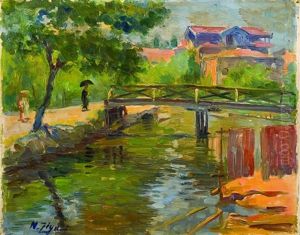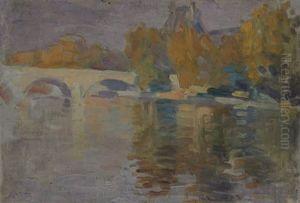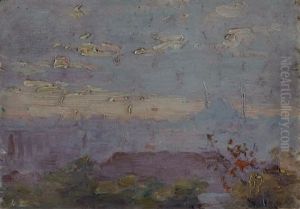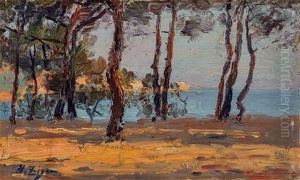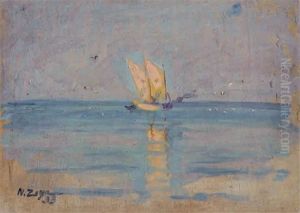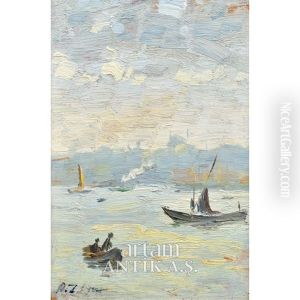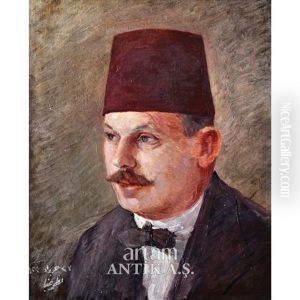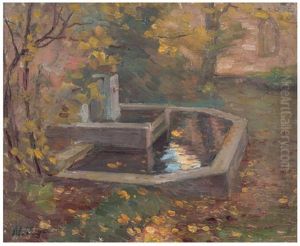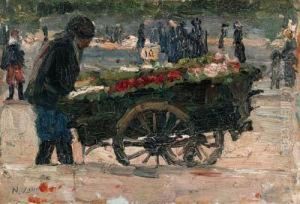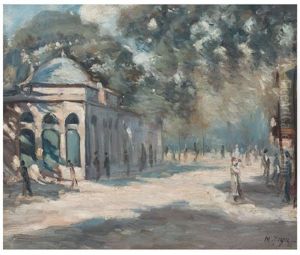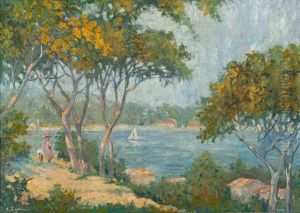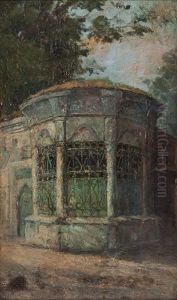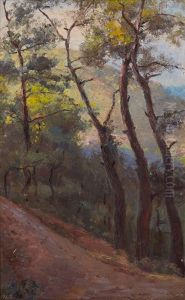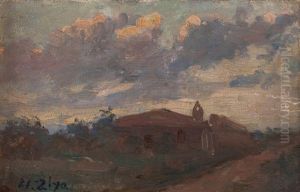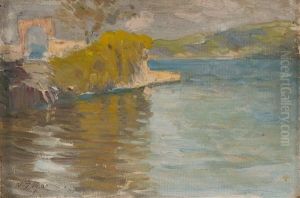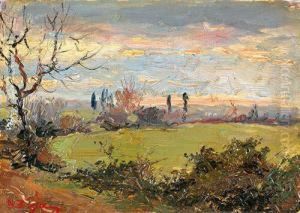Nazmi Ziya Paintings
Nazmi Ziya Güran, more commonly known as Nazmi Ziya, was a pioneering Turkish painter born on September 25, 1881, in Istanbul, Ottoman Empire. He is celebrated for his significant contributions to the development of Impressionism in Turkish art. Nazmi Ziya's journey into the art world was not straightforward. Initially, he pursued a military career in accordance with his family's expectations, enrolling in the Military College. However, his passion for art led him to abandon his military aspirations and instead, he began studying at the Sanayi-i Nefise Mektebi (School of Fine Arts) in Istanbul. His time there was transformative, allowing him to explore and refine his artistic talents.
Nazmi Ziya's artistic evolution took a crucial turn during his time in Paris, where he was exposed to Impressionist painting. This experience deeply influenced his style, steering him towards the use of vibrant colors and a fascination with capturing light. Upon returning to Turkey, he became a prominent figure in introducing and advocating for Impressionist techniques, which marked a significant departure from the more traditional approaches dominant in Turkish art at the time.
Throughout his career, Nazmi Ziya was not only a prolific painter but also an influential educator. He taught at several institutions, including the Academy of Fine Arts in Istanbul, where he inspired a generation of Turkish artists to explore new artistic expressions. His landscapes and urban scenes, characterized by their lively brushwork and atmospheric qualities, hold a special place in the history of Turkish art.
Nazmi Ziya's contributions were not limited to his paintings and teaching. He was actively involved in the art community, participating in the establishment of various art societies and exhibitions that aimed to invigorate the Turkish art scene. His efforts were instrumental in fostering a more open and experimental atmosphere among Turkish artists during the early 20th century.
Nazmi Ziya Güran passed away on September 2, 1937, in Istanbul. His legacy is celebrated for the pivotal role he played in modernizing Turkish painting and for his unwavering commitment to artistic innovation and education. Today, his works are cherished in numerous collections and museums, both in Turkey and internationally, as enduring symbols of the transformative power of Impressionism in Turkish art.
